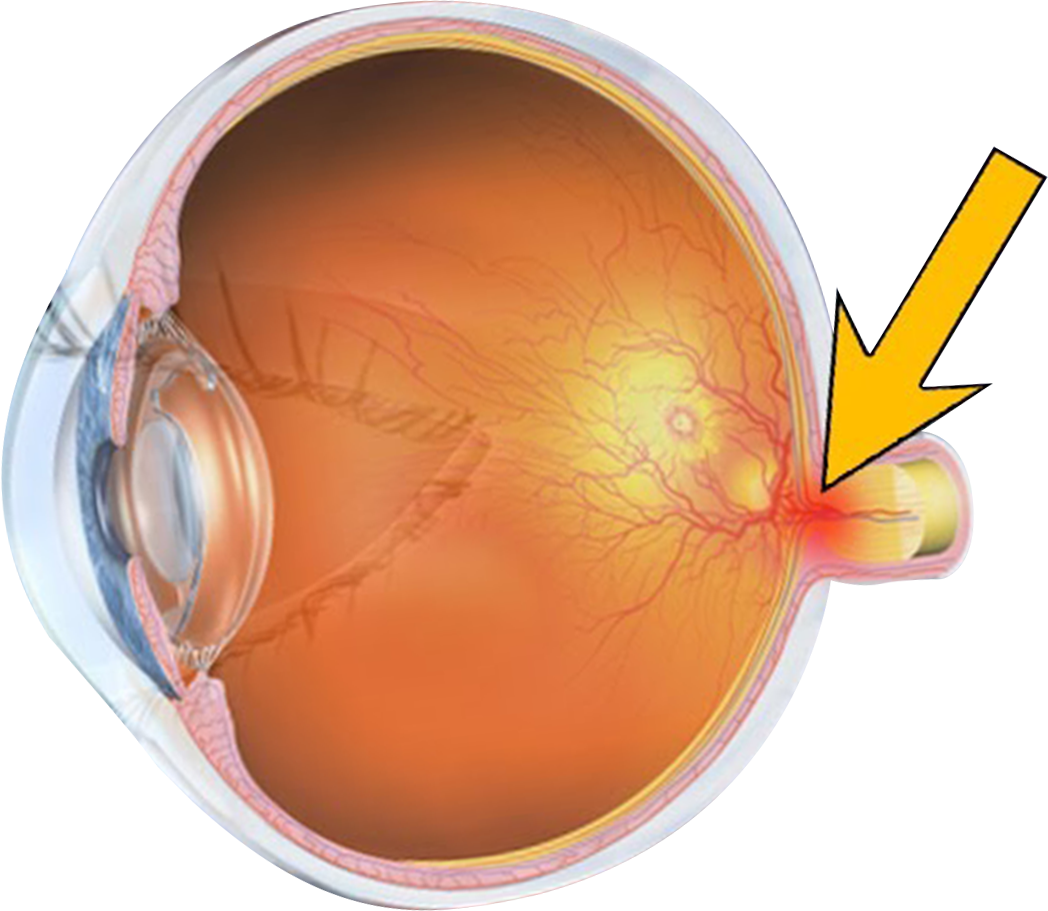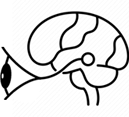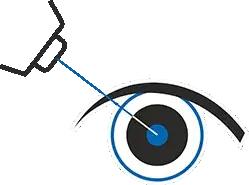Glaucoma: A Silent Thief of Sight
Glaucoma is an eye condition that directly damages the optic nerve (the bundle of nerve fibers that carries information from the eye to the brain). This damage is often caused by an increased pressure in the eye, known as intraocular pressure (IOP). The optic nerve is crucial for vision, and if it becomes damaged, it can lead to vision loss and blindness.
Request an Appointment

















